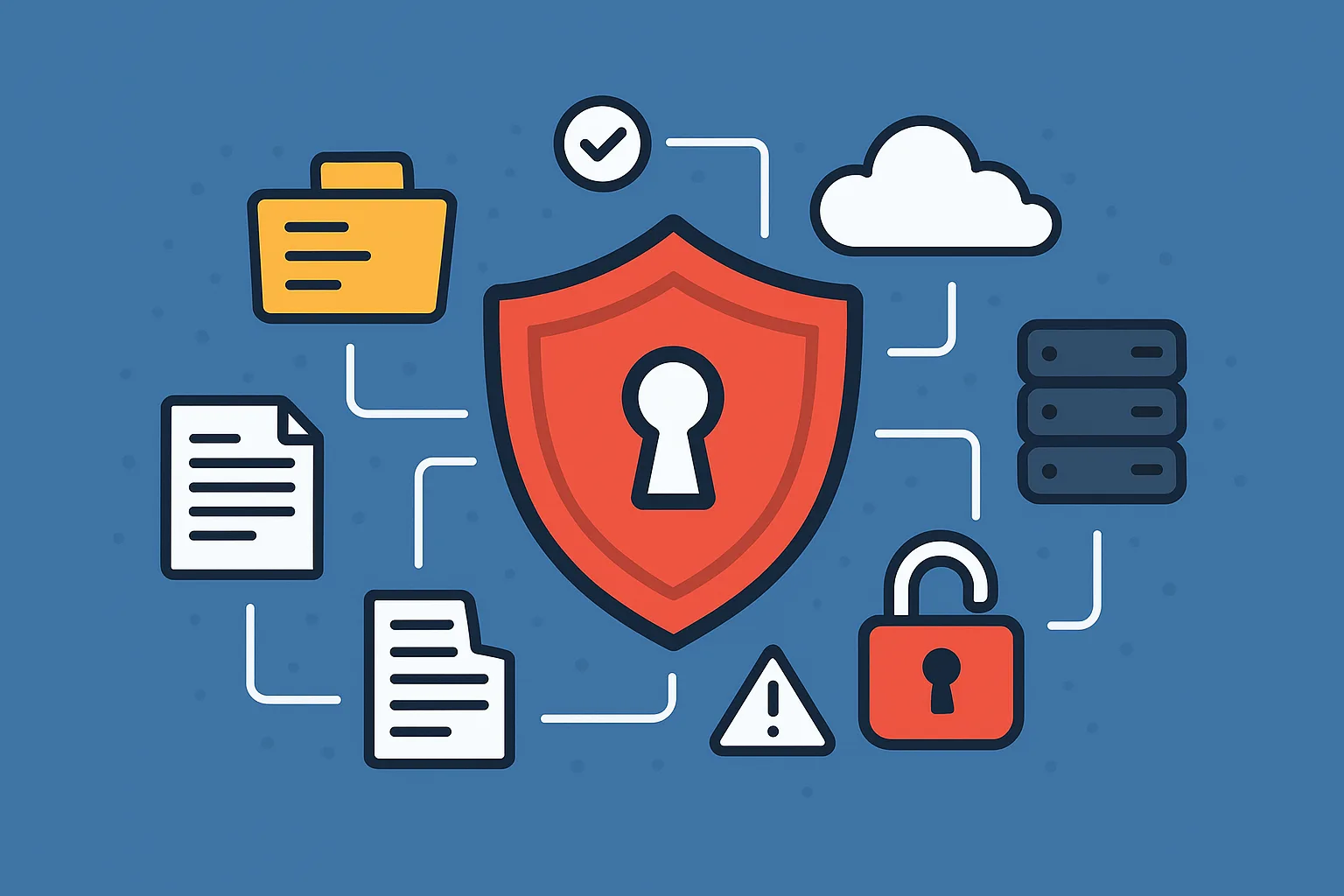Data security has never been more critical than it is today. With cyber threats on the rise and data privacy regulations becoming more stringent, organisations must take proactive measures to protect sensitive information. One essential component of any comprehensive cybersecurity strategy is Data Loss Prevention (DLP). This article will guide you through what DLP is, why it is vital for your business, and how to get started with a DLP strategy.
What is Data Loss Prevention?
Data Loss Prevention refers to a set of tools and processes used to ensure that sensitive data is not lost, misused, or accessed by unauthorised users. DLP technologies monitor, detect, and block the movement of critical information across networks, endpoints, and cloud storage.
DLP can help prevent:
- Accidental data leaks by employees
- Malicious data exfiltration by insiders or hackers
- Data exposure due to misconfigured cloud services
- Regulatory violations and associated penalties
Why Data Loss Prevention Matters
- Protects Sensitive Information: DLP safeguards confidential data such as customer information, financial records, intellectual property, and employee data from exposure or theft.
- Compliance with Regulations: Many industries are subject to strict compliance requirements (e.g., GDPR, HIPAA, PCI-DSS). DLP helps ensure your business adheres to these standards.
- Prevents Insider Threats: Whether intentional or accidental, insiders can pose significant risks. DLP tools help detect unusual behaviour and prevent unauthorised data transfers.
- Reduces Financial Loss: Data breaches are costly. Implementing DLP can significantly reduce the risk of financial loss due to fines, lawsuits, or reputational damage.
- Enhances Data Visibility: DLP provides insights into how data is being accessed and transferred, helping businesses understand data usage patterns and improve security policies.
How to Get Started with Data Loss Prevention
Implementing a DLP strategy may seem daunting, but following these steps can make the process more manageable:
1. Identify and Classify Sensitive Data
Begin by locating where sensitive data resides within your organisation. Classify the data based on sensitivity and importance to determine what needs the highest level of protection.
2. Define Policies and Objectives
Establish clear DLP policies aligned with your business goals and regulatory requirements. Determine what types of data movement should be monitored and restricted.
3. Choose the Right DLP Solution
Select a DLP solution that suits your organisation’s needs. Options include endpoint DLP, network DLP, and cloud DLP tools. Some vendors offer integrated solutions covering all three areas.
4. Monitor and Enforce Policies
Deploy the DLP solution across your IT environment. Use it to monitor data access and movement, and enforce policies automatically where violations occur.
5. Train Employees
Educate staff on DLP policies, the importance of data protection, and how they can help prevent data loss. A well-informed workforce is one of the best defenses against data breaches.
6. Continuously Evaluate and Improve
Regularly review DLP reports, assess the effectiveness of your policies, and make improvements as needed. Cyber threats evolve, and your DLP strategy should too.
Final Thoughts
Data Loss Prevention is a critical aspect of modern cybersecurity and data governance. By understanding what DLP is, why it matters, and how to effectively implement it, businesses can take a major step towards securing their most valuable assets. Investing in a DLP strategy not only safeguards sensitive data but also builds trust with customers, partners, and regulatory bodies alike.


